7 Tips for Homeowners When Installing Sod

Having a plush lawn is something I have dreamed about for years. After putting in the time to Install a Stone Walkway and the new Landscaping Beds, we decided to go a step further and install Bluegrass Sod. Today we have 7 Tips for Homeowners when installing sod – it’s easier than you think and the results are gorgeous!
Sod or Seed? Over the years we’ve used both when we have needed to install a new lawn.
What is the best?
Bluegrass Sod in our opinion. We’ve had far better results when we’ve used sod.
However if you don’t have the experience it can seem like a daunting task but there are resources out there that will help you. Most Turf Farms can provide you with all the information you need and to get you started here are 7 Tips for Homeowners when installing Sod.
1. Prepare the soil ahead of time. The final grade of your lawn should be done with hand rakes to level the soil. Be sure to grade the soil so that any rainfall will flow away from the base of any structures while also making sure that there are no low areas where water will stand in puddles. Pick up sticks and rocks bigger than 2 inches press the smaller rocks into the soil. If you have a lot of dirt clods, spread them out evenly, they will melt when you water.
2. Make the soil 1 ½ inch lower next to driveways and side walks so water will drain into the lawn. Make the soil ½ inch lower than the neighbors existing grass so the sod will be about the same height. Sprinkler heads should stick up about ½ inch.
3. Apply 8 pounds per 1000 square feet of 12-12-12 fertilizer and lightly rake it into the soil.
4. Pick the best place to start unrolling the sod that minimizes the amount you might have to carry. For example, if you will be sodding your entire lawn, start in the back and work to the front. If you are sodding part of your lawn, start in the front and work to the back until you run out of sod.
5. Start by unrolling the sod to make a straight line. For the next row, place a roll so it will unroll in the right direction a couple of inches away from the previous roll. Unroll it and slide the sod together. Do not overlap or leave gaps. Stagger the ends to avoid long seams. On steep hills lay the sod sideways across the hill rather than up and down.
6. As you are installing your sod, begin watering each section after it is laid as soon as you can without making a muddy mess in the areas you still need to lay sod. Water each section long enough to apply ½ inch of water. It generally takes 30 minutes or longer to accomplish this. A few hours after you have watered, check the bottom of the sod to see if it is moist. If not, water more but try not to over water since new roots have difficulty growing in water logged soil.
7. After installing the sod, do not use a lawn roller because rolling will compact the soil and make new root growth difficult. Outside edges of sod that do not butt up to anything should have a little soil raked up to the exposed edge to keep the edge from drying out.
To insure that your sodding is a success, follow these After Care Instructions from Red Hen Turf Farm.
- Measuring Tips for Sod
- Installation Tips
- Sod Care Instructions
- Reasons to Sod your Lawn
- Soil Information
- 10 Rules Every Homeowner Should Follow When Landscaping
- How to Install a Stone Walkway
- Shade Plants for Problem Landscaping
To get more information check out Red Hen Turf Farms. They carry everything you need to make the installation of your bluegrass sod a success.
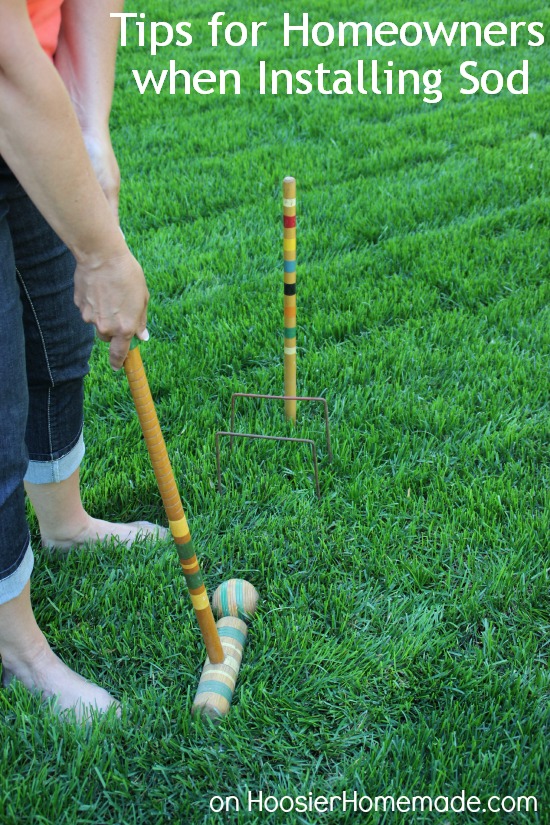

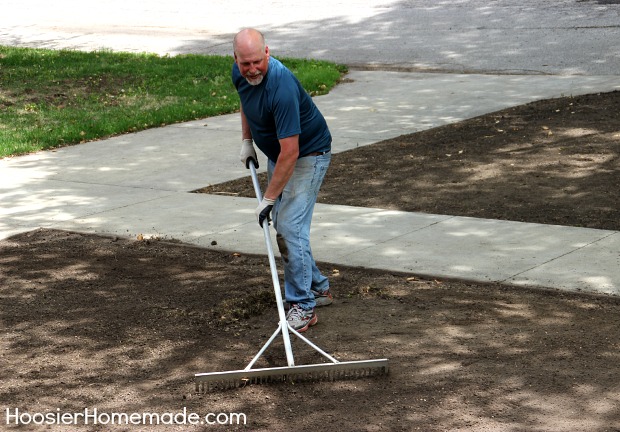
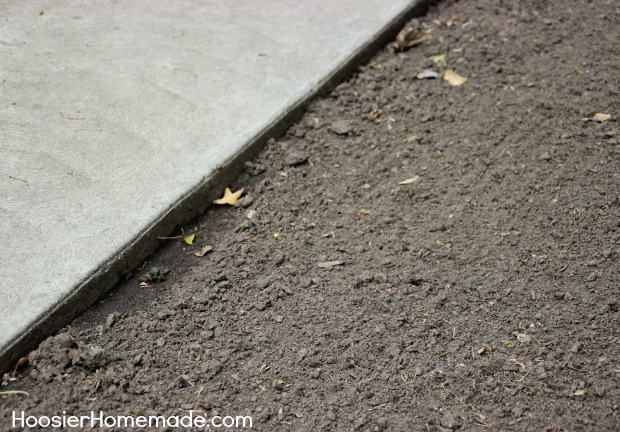
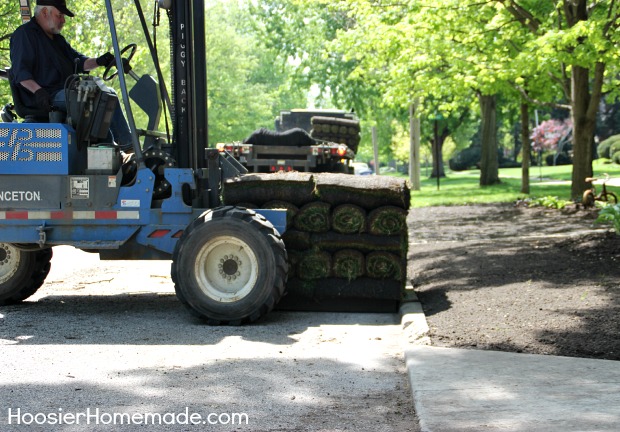
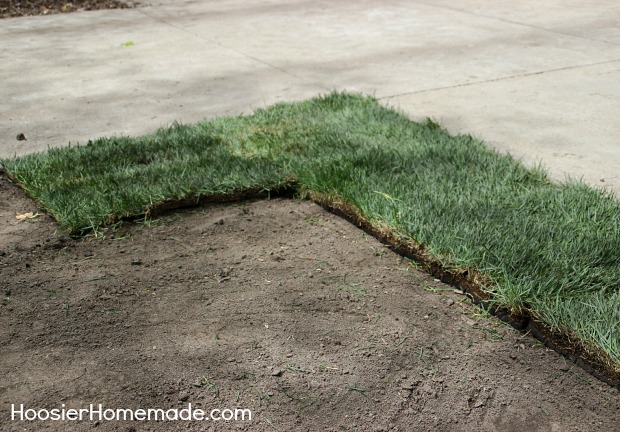
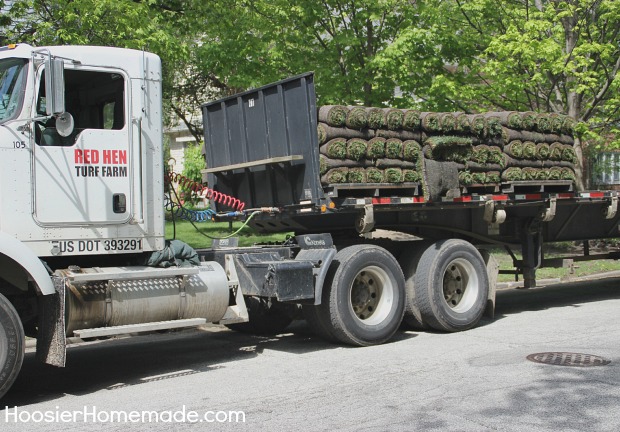

My husband and I are thinking of re-doing the grass in our front yard, but neither of us knows a lot about sod or how to take care of it. It is really good to know that after it is installed you shouldn’t use a lawn roller because we are hoping to help the lawn last as long as we possibly can. It seems like the proper watering and care will help prolong the life of the sod. I’ll be sure to share these tips with my family!
Thanks so much, Jane! Good luck!
I love ur suggestions. We live in New Mexico in the Mountains elevation over 5,000 feet. I would love blue grass as I grew up in Okla. where we had blue grass yard. I loved to walk bare foot in our yard in and did lay out on the grass & watched the cloud formations as a kid. I would very much like to do this with our first grandchild as she grows up. She is due around June 26th of this year (2016) and are of course are terriblibly happy. Can this be done at our evelation? We are currently updating our back yard with new hard scape and looking at what soft scape to use for our casual life style & outdoor entertaining. Would love your comments.
Congrats on the grandbaby! I am not sure how well blue grass would grow at that elevation, but here is a site that might help: https://bluegrasses.com/maintenance/
Also, artificial turf has home a long way- it looks great and is maintenance free! It might be a good option as well.
Good luck!
It’s true that sod is a pretty safe bet because you’re installing lawn that has already successfully made it through the preliminary growth stage. Laying sod is a good muscle building project that can be pretty fun and rewarding if done correctly. This is a great guide for how to do it correctly. Sod is the quicker way to have a green lawn. It takes just a bit of time, but before long you’ll be able to walk and play on it. Thanks for the article!
Sod is my favorite too. Instant gratification and instant color! Thanks for the tips!
Thanks for stopping by Pam!
It’s beautiful! How would it hold up to dogs running on it? Our back yard looks awful and I have been thinking about planting grass but now that I’m looking at this, I love the look the sod gives it!
Hi Angie, The sod will hold up well depending of course on the number and size of dogs. If they are big dogs you might have some problems with them tearing it loose until it roots to the soil surface. Doug suggests you keep it well watered and you might need to limit the amount of time the dogs are on the sod for the first couple of weeks.